All products featured are independently chosen by us. However, SoundGuys may receive a commission on orders placed through its retail links. See our ethics statement.
What is a remaster and how does it affect your music?
Remasters modernize old music, transporting it into the present day for updated formats. They can ignite a new fanbase from a totally different generation, or remind old ones of what they loved in the first place. But the process of mastering and remastering can seem like mysterious dark arts, even to professional musicians. Today, we’re going to disambiguate the term “remaster” from its many similar, but different contemporaries: remix, edit, rearrangement, and more. We’re also going to discuss why remastering can make old music sound better, and why sometimes it doesn’t.
Editor’s note: this article was published on May 22, 2023, and is the first version of the article. Updates will follow as the market changes.
What’s the difference between mastering and remastering?

If you’re a fan of artists who’ve been around a while, like The Beatles, you’ve probably seen the countless remasters listed on your favorite streaming platform. Maybe you collect vinyl, or you’re holding on to CDs, and you’re curious what differentiates one from the other. We can’t blame anybody for wondering what the difference is between a master and remaster, and how those processes affect their favorite albums. After all, the songs themselves are the same.
Mastering is the final step in the process of recording music. By the time mastering occurs the music has already been written, recorded, and mixed. It sounds basically how it’s going to sound, but more raw and inconsistent in terms of sound quality than a typical release. The mastering engineer applies compression, limiting, EQ, and other studio tools to give it a polished quality. All of this ensures that an album consisting of many tracks sounds cohesive and, well, like an album, even if the tracks were recorded at different times and different studios. Mastering seeks to strike a balance between dynamics and loudness too. Transitions between tracks like fade outs or crossfades are finessed. Additionally, the aim is to optimize the audio for the format it’ll be delivered on: vinyl, compact disc, or other digital audio formats, which frequently involves moving between analog and digital domains.
Mastering is music’s equivalent of an author handing off a final draft of a book to an editor. The editor takes the vision and makes sure it’s the best version it can be. It’s also critical to get somebody else with a fresh perspective to notice typos or confusing sentences. The end result reflects a more precise version of the draft. A mastering engineer uses a similar approach for audio with fresh ears by listening for what’s good, and noticing what could be better. They accordingly adjust EQ, loudness, compression, and sometimes fix unwanted things like removing hiss and other noises.
So, what’s a remaster?
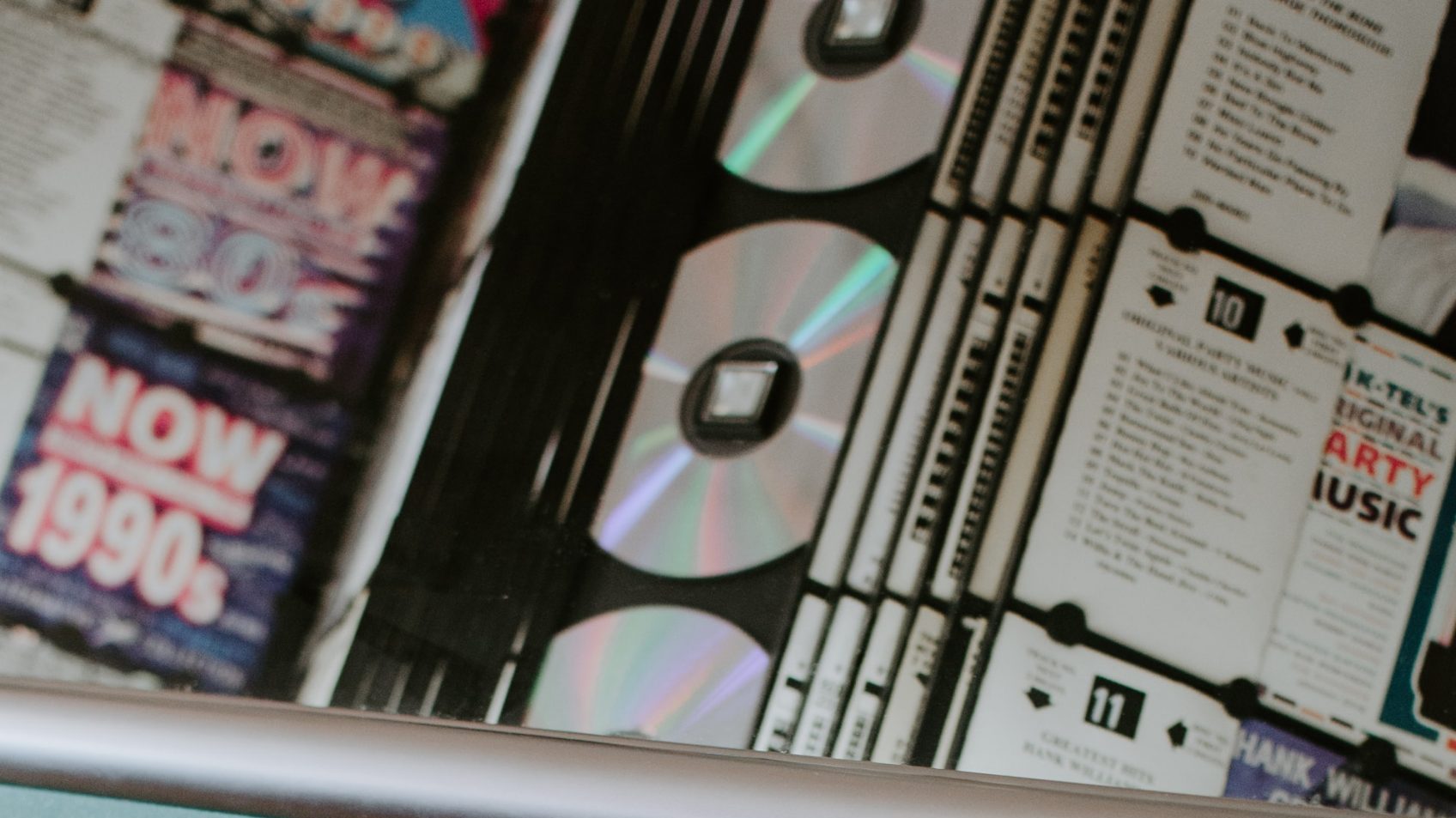
Perhaps unsurprisingly, remastering occurs after the initial mastering of a release. It’s basically a redo, and can happen for a number of reasons. A song or album receives a remaster often when transitioning to a different media format, such as vinyl to CD, or CD to digital streaming. To optimize the music for the new format, different considerations come into play. For example, CDs have greater potential for dynamics and lower noise than vinyl, which musicians, engineers, and record companies were eager to take advantage of when CDs first came out. Nowadays, quite a lot of remasters consist of modernizing previous 16-bit audio masters created for CDs with new 24-bit remasters. There’s also a lot of remasters intended to improve upon early CD masters of analog recordings with modern day equipment.
The first significant wave of remasters began out of necessity with albums receiving remasters for reissue on CD.
Generally, remastering involves taking the original unmastered mixes and putting them through a new mastering process that’s been revised either for a new delivery format or an improved overall sound. Usually remastering happens in the hands of another mastering engineer. In some cases the original mixes aren’t available and the engineer tasked with the remaster has to make do with the original masters and apply the same principles for a remaster on top of a previously mastered track. In all cases the goal is to make the music sound the best it can. Occasionally, the purpose is to undo the production sins of yesteryear.
What’s the difference between a remix, an edit, and a remaster?
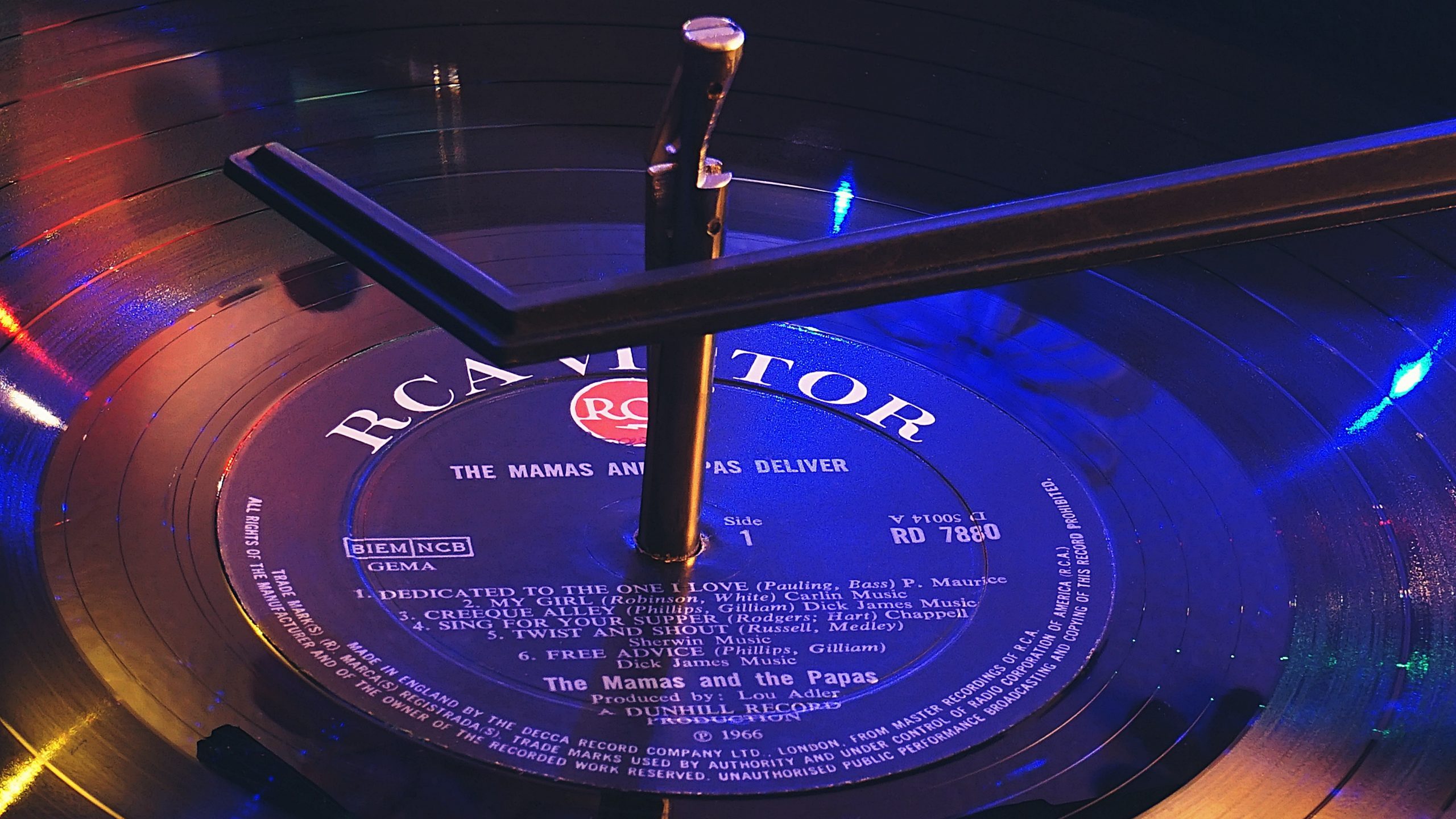
Philosophically, there are different approaches to remastering. Some remasters share more in common with art restoration, where the aim is really to take the original and honor its nuances, quirks, and just update it for modern listening formats. Typically, people tend to prefer that. Liberties taken in the remastering process can add to the confusion with the overlap between the terms remaster, edit, and remix.
So, what’s a remix versus a remaster?
To understand the difference between a remix and remaster, remember the steps to get to a finished song or album go (more or less) as follows: write, record, mix, and master. So if a remaster is redoing that final step, a remix logically goes back to the mixing stage. If you go back to the mixing stage then you will, by necessity, also need to remaster the remixed audio.

A literal “remix” occurs when the actual mixing (relative levels between song elements, EQ, effects, dynamics processing, panning) using the individual instrument track stems receive a partial or complete do over, these days often for surround sound purposes. This is too labor intensive for most conventional releases, unless it’s a well financed artist or a passion project. An early example of this includes Giles Martin’s remixes of The Beatles 1 compilation expressly remixed for spatial audio back in 2015, using Dolby Atmos.
For things like Dolby Atmos, which utilizes object-based surround sound, merely remastering alone won’t transform stereo sound into surround sound. Achieving that spatial audio effect demands moving one step back further before mastering, to the mixing stage. While algorithms are improving—as demonstrated by Apple’s spatialize function and LANDR’s partnership with Dolby—it still sounds best when music is properly remixed for surround sound by an engineer with the right tools. The engineer and producer needs to place the instrument tracks in 3D space. Just like in stereo, once complete, the mixed music is then mastered.
When it comes to spatial audio, the remixing has a much more significant impact on the release. This spatial positioning effects occur at the mixing stage, and not the mastering stage. All re-released music with altered mixing requires mastering. Technically, it’s really only a “remaster” if the tracks have been previously released.
There are other kinds of remixes
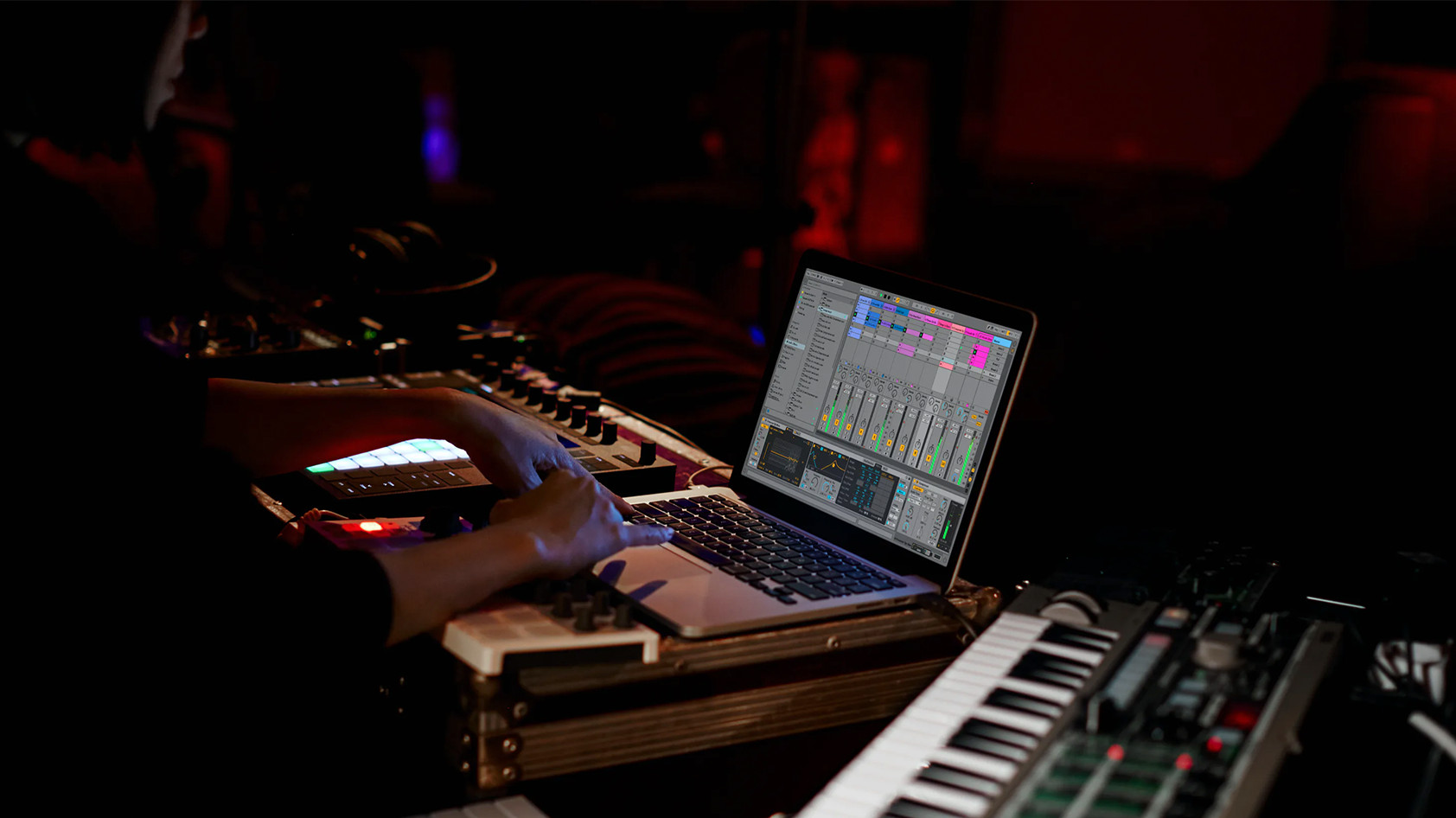
Adding to the confusion, the term “remix” has been widely used for decades to denote reinterpretations of songs that aren’t, strictly speaking, new mixes.
In electronic music “remix” traditionally means a new song as interpreted by whoever did the remix repurposing parts of the original recording with their own spin. These remixes usually add completely new musical elements and can vary greatly in tempo and style from the original.
Of course, you’ll encounter grey area examples, where a lot of the work qualifies as a remaster (updating the compression and EQ for modern day audio formats), but leaves the song and album structure alone. However, other aspects share similarities with remixing, such as newly recorded parts. For instance, the album Rust in Peace by Megadeth from 1990 received a “remaster” in 2004 which polarized fans because singer Dave Mustaine replaced some vocal tracks with newly recorded versions. These days Megadeth bills the 2004 update as a “remix.”
What does edit mean in a song title?
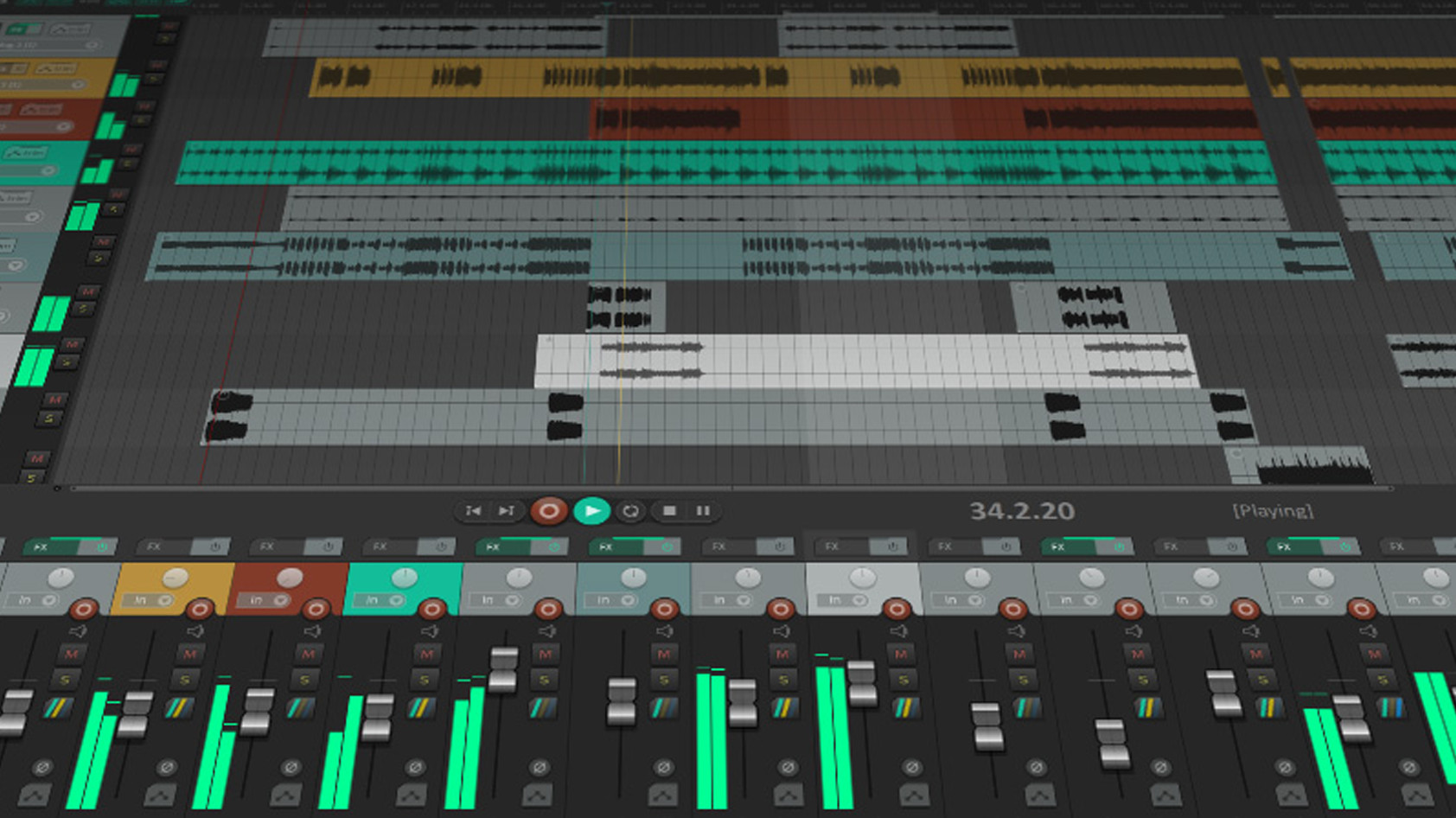
An edit is usually either a shorter or sometimes an extended version of the album cut of the song. You might’ve seen “Radio Edit” before, and this usually indicates a truncated song length, or explicit words cut out. An well known example of a radio edit is Creep by Radiohead, where the pre-chorus in the radio edit is “you’re so very special” replacing an explicative with “very.”
What’s digital remastering?
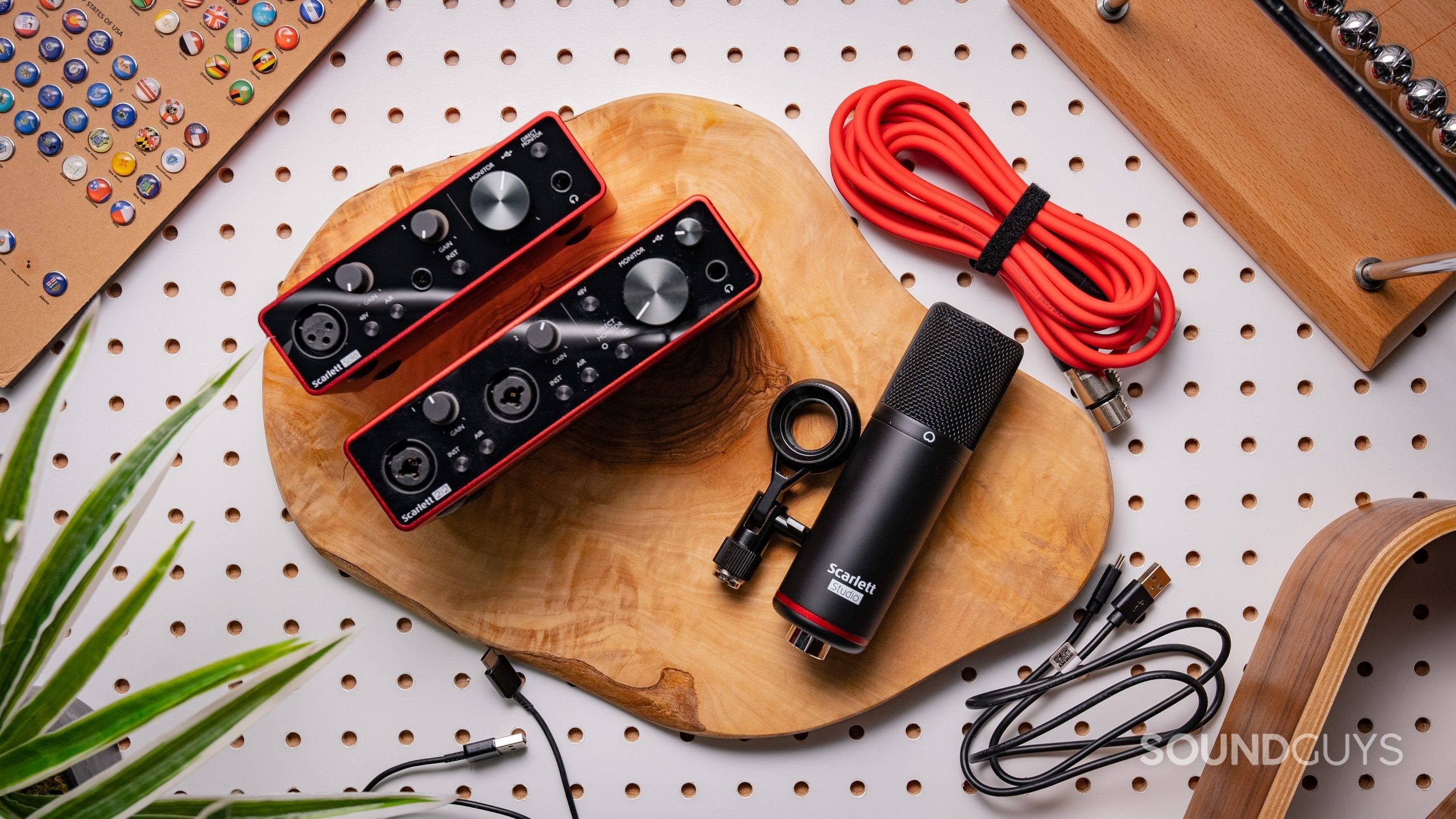
In its simplest form, digital remastering updates previously released material to modern standards using digital processing equipment. Anybody who recalls the era of early CD releases likely remembers some of the poor sound of early compact discs. A few factors come into play making these sound how they do, but for the most part primitive analog to digital converters and the burgeoning loudness war that ramped up in earnest through the 1990s into mid 2000s take the blame. These early remasters contributed to the poor reputation of digital audio production and releases, and the idea that analog was somehow superior, although that debate is essentially over at this point.
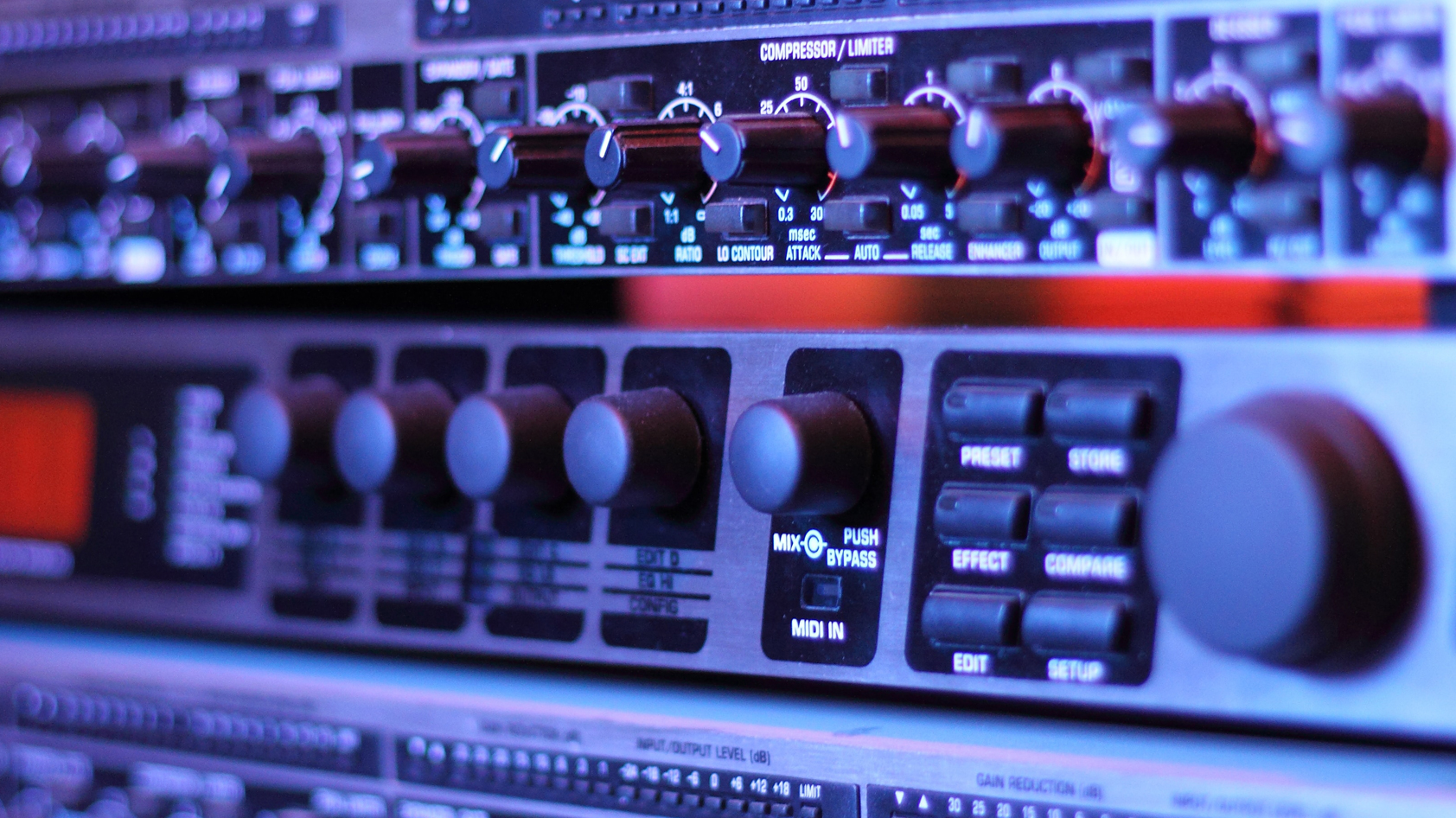
The standard for CDs is 16-bit/44.1kHz, which is more than good enough for basically everyone. Working with higher resolution audio files during production makes a lot of sense for maintaining good resolution and minimizing noise throughout the process. However, the surge in popularity of 24-bit (Hi-Res) audio and related jargon and marketing terms like “HD audio” has also made remastering necessary to update all of our old favorites to higher standards. While you can reduce bit depth (24-bit to 16-bit) without hassle, up-converting a 16-bit recording to 24-bit doesn’t gain you anything. Ideally the original analog or 24-bit digital master tapes are used for a remaster.
Streaming platforms and distributors handle higher bitrate formats, like 24-bit/48kHz up to 192kHz, used to provide the lossless audio files audiophiles are talking about. Usually the same source files are data compressed to provide lower data rate files at lower bit depths and sample rates for mobile devices or those on lower tier subscriptions who aren’t concerned by the differences. Bluetooth headphones currently can’t handle lossless CD-standard audio anyway.
Digital remastering of analog recordings
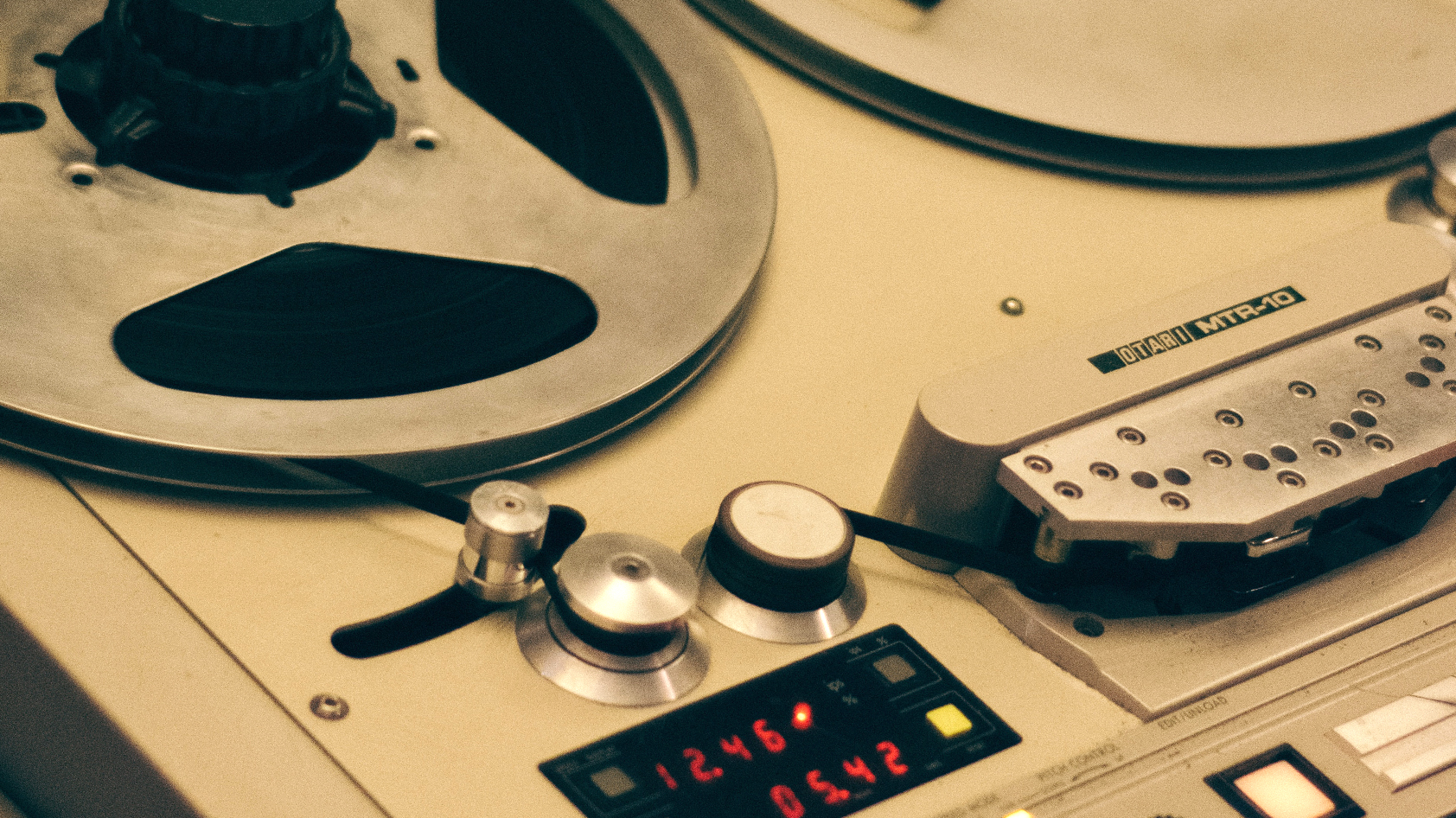
Working with old tapes, as is the case for most music predating the digital era, each replay can slowly degrade the media. Not to mention the effects of time and storage conditions. Due to the easy replication and non-destructive editing, digital material demonstrates a lot of benefits over analog tape, but the conversion process is critical. In the case of old archive recordings, it’s essential to use the highest quality analog-to-digital converters to capture the most information for preservation, and to reduce the need to keep returning to the source tapes. Once the analog source file has been digitized, the audio can be restored and cleaned using digital tools inside a digital audio workstation (DAW), archived, and then subsequent processes applied will be dictated by whatever the current mastering standards and philosophies are.
Think of the source tape as having the maximum amount of data, and the digital conversion as trying to capture as much of the tape's data as possible.
Back in 2008 the archives of Universal Music caught fire. The fire incinerated countless irreplaceable master tapes by the likes of Billie Holiday, Buddy Holly, Janet Jackson, John Coltrane, and more. So if for no other reason, having digital versions of master tapes is pretty essential from a cultural preservation perspective.
Are original masters better than remasters?
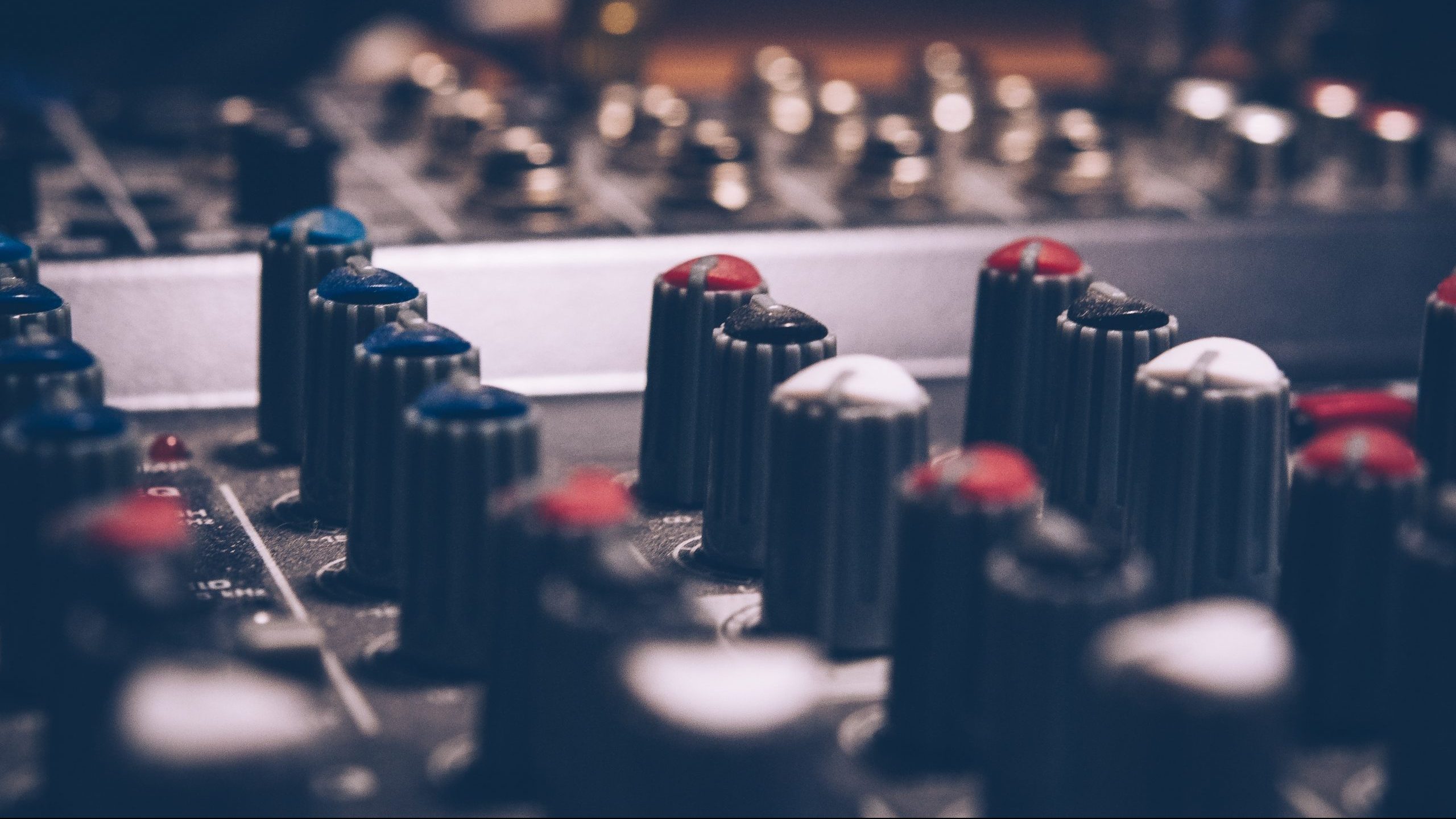
This is a contentious topic for ardent music fans who pay attention to audio quality. The annoying answer to this question is: sometimes original masters are better than remasters, and often remasters are technically better than original masters. It’s also a matter of personal taste to some extent. It’s almost like asking, “are all movies good?” Anyone can think of examples of good movies and bad movies.
In most cases you have already enjoyed the original mastered version of a song or album, which means you could be primed to have a bias for that version. Conversely, you might prefer whatever is the newest thing. Listening to a remaster frequently leads to comparison of what’s different. To some, different equals bad when it comes to a favorite recording. Sometimes “fixing” can go also too far—an example of this outside of music is what George Lucas did to the original Star Wars trilogy in the 1990s by tweaking a little too much, adding unnecessary effects, and losing some hallmarks of what made the original unique and of its time. A good remaster retains the qualities of the original master and just cleans it up.
How light or heavy the mastering engineer’s touch is while “improving” the audio determines the overall feel for listeners. Things like hiss and ambient room sound make a difference to the listener. Plus, never underestimate the effect a different EQ has on an album. Fortunately, the industry learned a lot from the loudness war, and this shows through mastering engineers respecting the original source material in recent remasters.
Remastering makes old music new and accessible again

Remastering runs the gamut from barely doing anything at all, besides updated conversion, through to completely reprocessing tracks. Especially old audio lifted from deteriorated analog tape benefits through salvaging the music and eliminating noise. Some reissues of very old blues and early country music have received the latter treatment because the tape storing recordings continually degrades. In those cases, it’s almost universally agreed upon that the restoration work in the remaster is better than the original.
Frequently asked questions
Half speed remastering applies to analog reissues. For example, an album originally pressed on vinyl to play at 33 1/3 RPM plays at half speed (roughly 16.5 RPM) using a purpose built turntable with a lathe cutter.
Half speed remastering relies on creating a more detailed lathe of the original record by going at half the speed. Theoretically it can detect the minute differences in the grooves on the record itself at a slow speed. This mainly benefits high frequencies which have shorter wavelengths. Stretching out time by going half speed means more physical information is copied from the original mechanically by the turntable’s stylus.
Because many original aging master tapes risk falling apart with each play, half speed remasters offer a solution to relying on delicate tape.
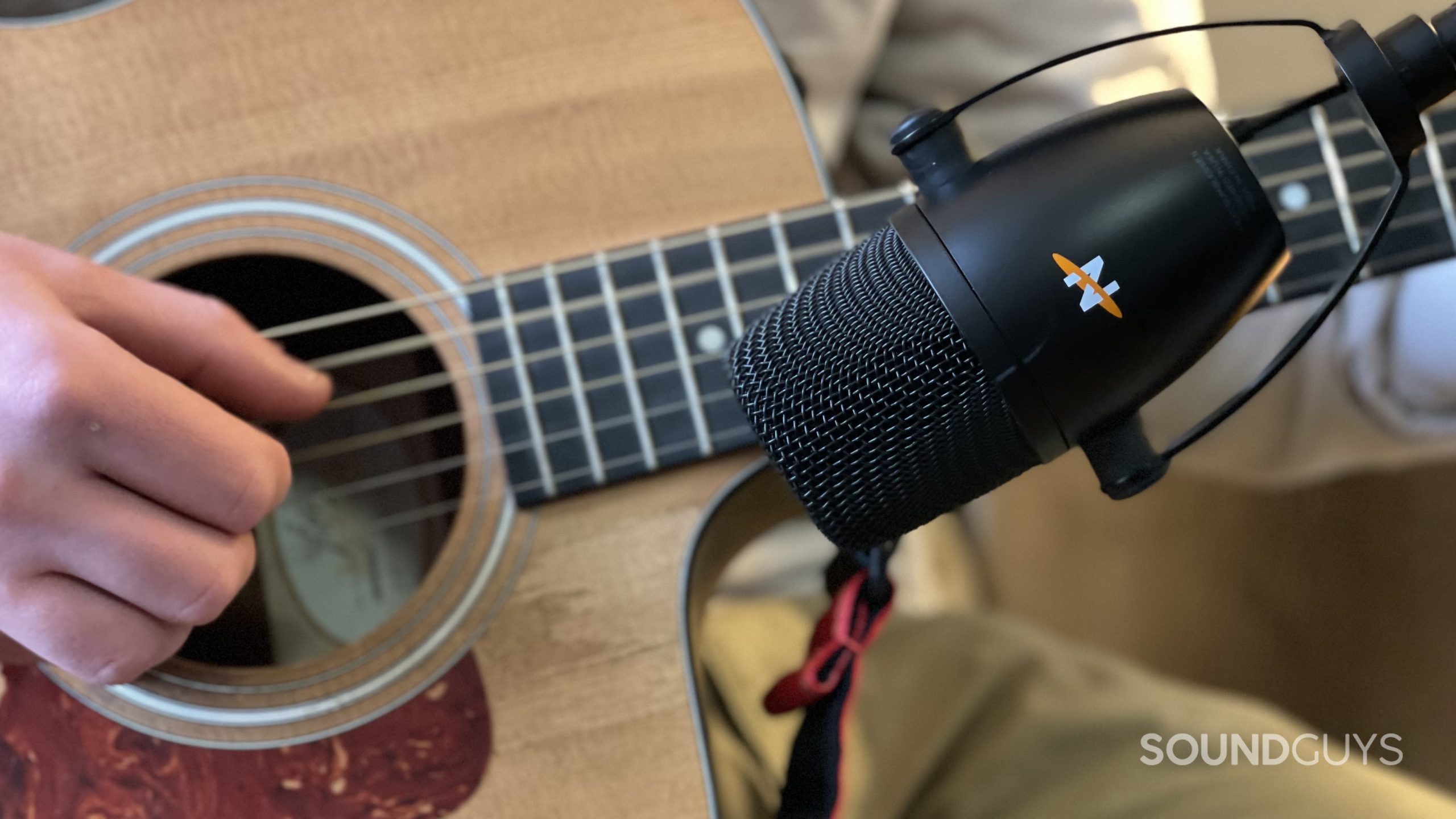
Typically, a rearrangement consists of taking the original composition and having other instruments play different parts from the original recording. For example, if you see “acoustic version” next to a song title, that’s frequently a rearrangement of some kind.
Rearrangements can breathe new life into songs, through highlighting other aspects of the song’s composition. Fans of classical music likely know with the concept given that plenty of compositions need transposing to suit different instruments. A string quartet arrangement of Gymnopédies No. 1 by Eric Satie will sound very different than an arrangement done by a sole pianist.